Tectonic forces separated Aotearoa New Zealand from the supercontinent Gondwana about 80 million years ago. Since then, isolated from other plants and animals by ocean, New Zealand’s flora and fauna have developed on their own evolutionary paths. As a result, many native New Zealand plants and animals are found nowhere else in the world. And the only native mammals are a few bat species.
Ground dwelling mammals were amongst those groups that did not leave Gondwana on the drifting ‘lifeboat’ of New Zealand. Their ecological niches were filled by flightless birds, lizards, and insects. This meant that New Zealand native animals did not need to evolve defences against mammal predators, and so many are virtually defenceless against attack from those that have been introduced by people.
New Zealand was the last large land mass to be found and inhabited by humans. The original Polynesian explorers are thought to have arrived and settled in New Zealand in the 13th century. They brought some mammals with them, including the kiore (Pacific rat). The rat was an important source of protein and survived the long ocean voyages on the Māori waka.
European settlement did not start until the 18th century. Early European visitors to New Zealand remarked on the volume of birdsong. The settlers brought with them a host of land-dwelling mammals including some predators that were bad news for Aotearoa’s native flora and fauna: rats, possums, stoats, ferrets, weasels, mice, cats, and dogs.
Human predation and destruction of the habitat of native species through tree clearance and draining wetlands, plus the predation and competition from the introduced species, quickly took a heavy toll on New Zealand’s largely defenceless native species, resulting in the extinction of moa, huia, the Haast’s eagle, the South Island kokako, and many other birds. And the takahe, kakapo and others are rare and close to extinction. Despite these losses, those that venture out into the New Zealand environment become aware of the beauty of our birdsong. New Zealand native birds are regarded as among the most wonderful songbirds anywhere. Eighteenth century naturalist Joseph Banks, when he heard the New Zealand dawn chorus, described it in his journal as "the most melodious wild musick I have ever heard".
In the dawn chorus you might hear whiteheads, stitchbirds and saddlebacks, each rare endemic species with characterful voices. However, it is the kokakos that would steal the show. Their slow and deliberate songs are sad and mournful.
In our ancient podocarp forests, and in sanctuaries such as Zealandia, you will hear the magnificent kakas. These playful large parrots have exhilarating vocalisations; a variety of explosive rasps, liquid whistles, and intimate chuckles. You will also hear native robins and the delicate tinkling of the Tomtit, and the eerie wails of secretive wekas.
In the South Island, you may encounter brown creepers, riflemen, and the increasingly rare yellowheads.
At night, the iconic, nocturnal kiwi stirs and as dusk falls, tuis fall silent and the first morepork (ruru) awakes.
More than just a pretty sound, bird song serves important social functions among birds. It plays a central role in attracting mates and defending territory and may have a crucial function in the evolution of new bird species. Do you know that in the Northern Hemisphere temperate regions generally only male birds sing, but in the Southern Hemisphere birdsong is a two-way duet?
Every year around 25 million native birds are killed by introduced predators. Think about how wonderful it would be to hear those birds join the chorus. We hope you will join us in controlling the predators, protecting the birds, and keeping the birdsong going strong.
Find out more about the Predator Free 2050 initiative and how making your home and garden rodent free can help save our bird song.
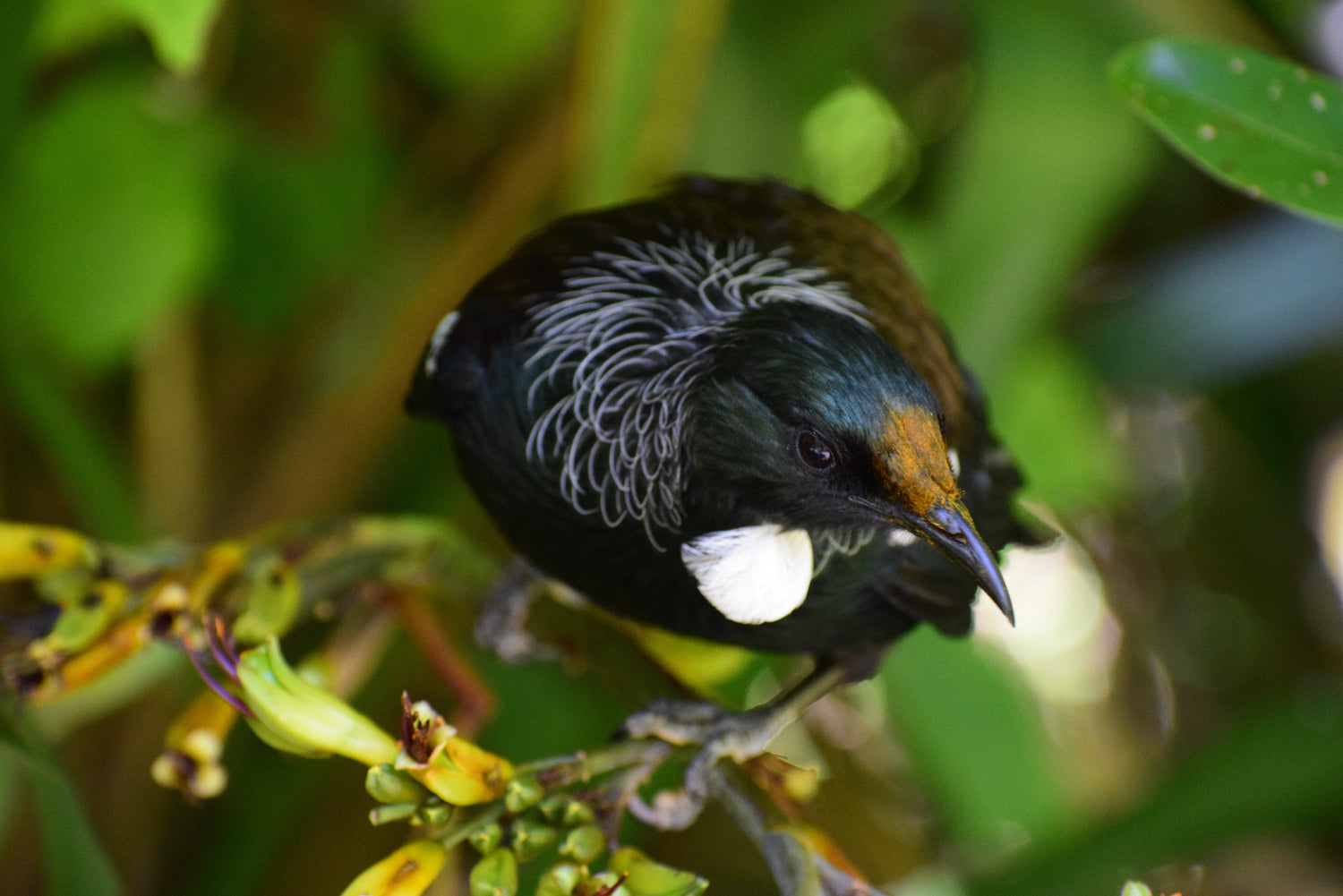
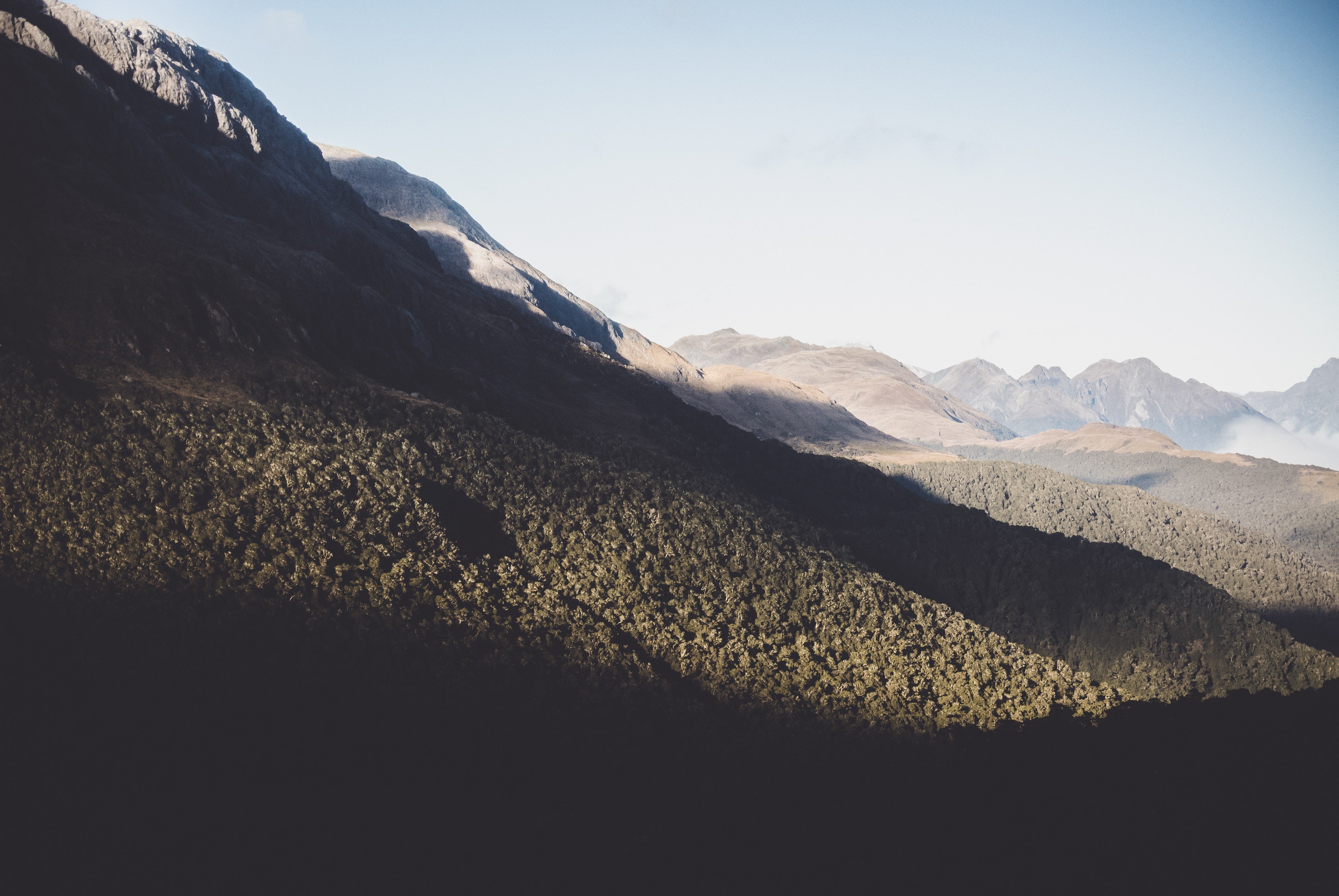

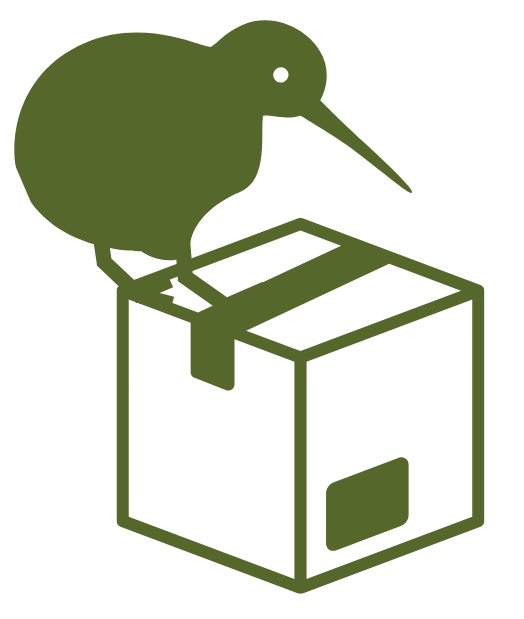
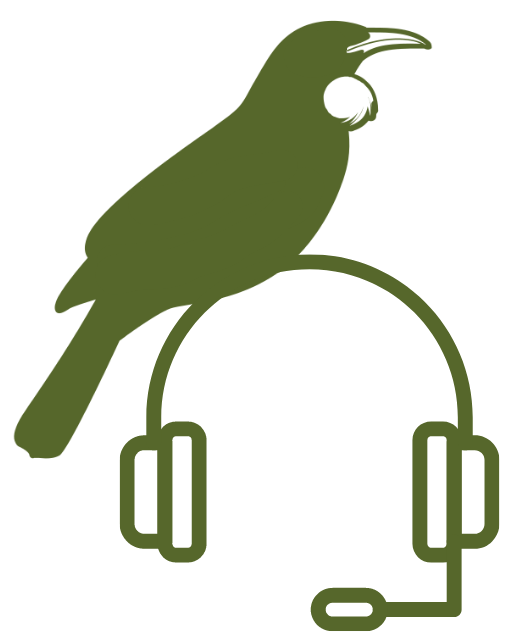
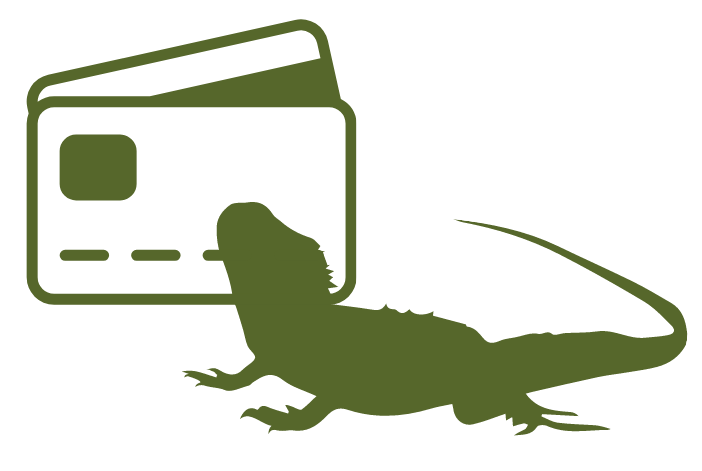
Leave a comment
This site is protected by hCaptcha and the hCaptcha Privacy Policy and Terms of Service apply.